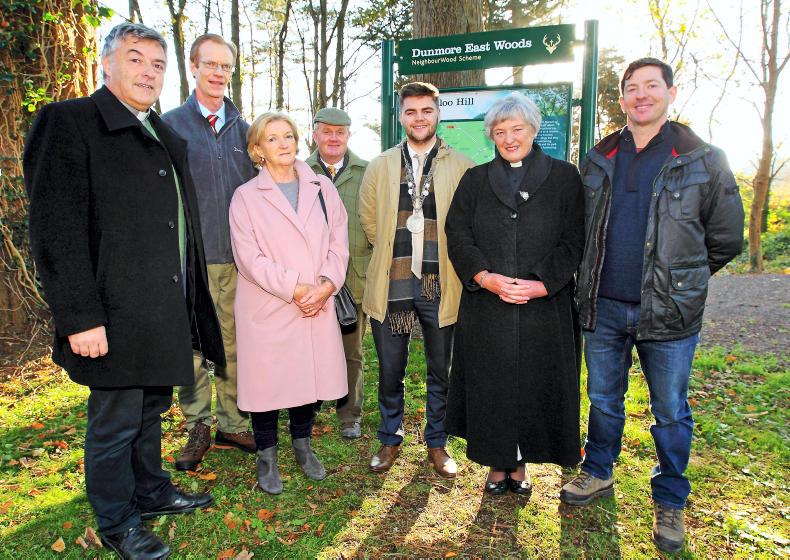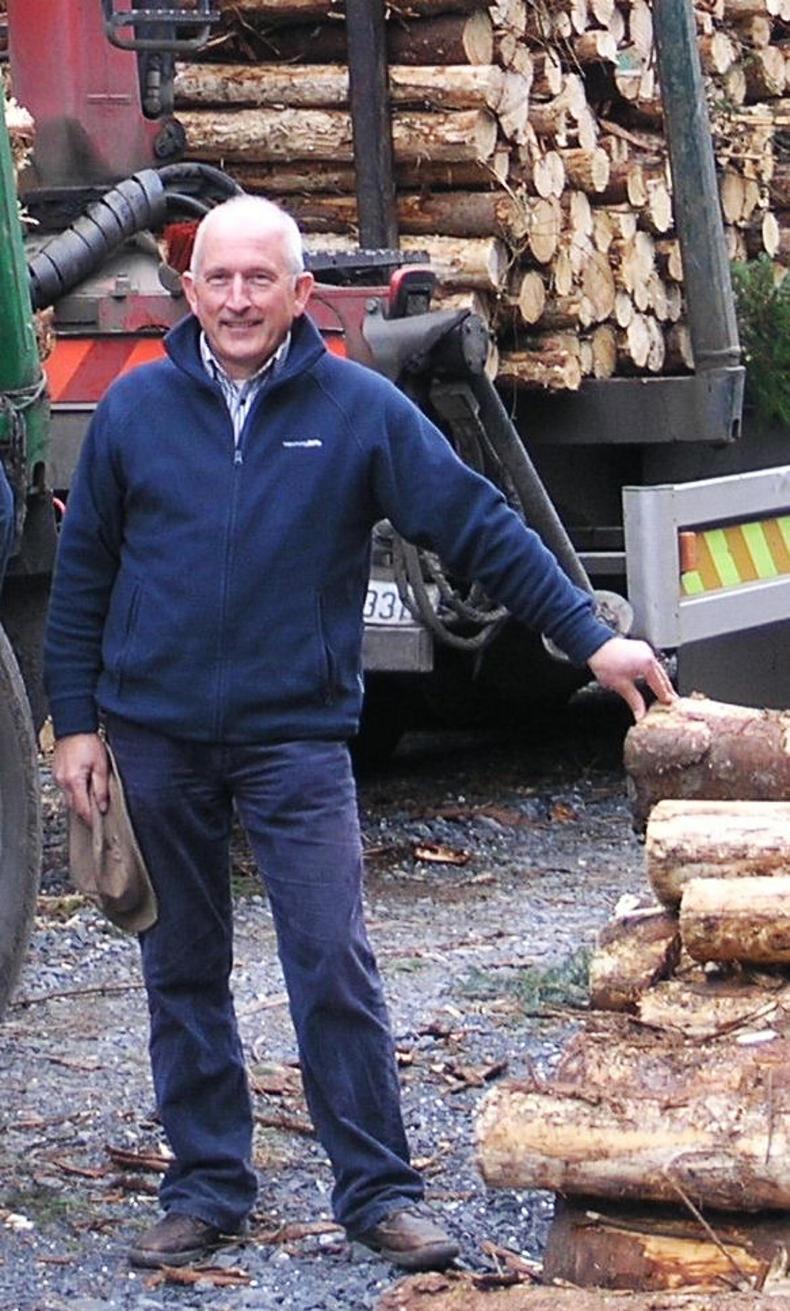Remember acid rain? In the 1970s and 1980s, it was regarded as a major threat to global forests. Acid rain occurs when sulphur dioxide and nitrogen oxides mix with water to form sulphuric and nitric acid. The ecological damage caused by acidified rain, snow and mist were apparent especially in highly industrialised countries with strong dependence on fossil fuel energy.
Some of the ecosystems of these countries were severely damaged. Images of dying trees believed to be caused by acid rain showed ecosystems in decline. Some work was carried out to reverse the damage, including aerial liming of lakes to neutralise acid waters.
Acid rain hasn’t gone away but is no longer regarded as a major threat to the environment in Europe, mainly because EU member states have reduced their dependence on fossil fuels, especially the massive coal-burning plants of eastern Europe. However, as long as we continue to burn fossil fuels, acid rain will exist to some degree.
Coniferous forests were also identified as causing acidification, although foresters have argued that it’s the forest’s ability to intercept pollutants such as acid rain from the atmosphere that leads to acidification of adjoining lakes and watercourses. In many countries, including Ireland, coniferous forests were traditionally established on soils with poor buffering qualities, which is no longer the case as afforestation has moved from blanket bogs and uplands to lower-altitude mineral sites.
Acid rain was never a major problem in Ireland, although evidence of acidification was detected in Roundwood forest, Co Wicklow, in the past rather than forests in the west, because of its relative closeness and vulnerability to acid rain resulting from pollutants originating in the highly industrialised areas in parts of England.
Most of the research studies on forestry and acidification were carried out in Ireland in the 1990s. There has been a dramatic change in afforestation site selection and species composition since then but much of our thinking is still fixed in this period, according to Dermot Houlihan, chair of the Association of Irish Forestry Consultants (AIFC). He, like his fellow AIFC members, believes that the blanket ban on afforestation in some parts of the country needs urgent reviewing.
“The Acid Sensitive Designation was introduced at a time when acid rain was seen as a major threat to the ecosystem,” he says. “The Designation is now 25 years old and needs to take account of the intervening industrial and technological changes, as well as changing forestry practices,” he claims.
He maintains that research needs to be updated. “It also needs to measure what was predicted against what has actually occurred in terms of acidification outcomes. National and international legislation has resulted in reduced and cleaner emissions from heavy industry, especially in sulphur.
“Doubling our current afforestation programme has been highlighted by Government as being central to Ireland’s climate change mitigation strategy,” he says. “It is essential that the current measures, which exclude over 150,000 hectares of productive land, solely on the basis of Acid Sensitive Designation, be revised to allow all enclosed farmland at least suitable for grant premium category (GPC) 3 be afforested. GPC 3 allows Sitka spruce and 10% diverse conifers in afforestation programmes. “The threat posed to our climate is from excess carbon and not acid rain,” he says.
The AIFC chair maintains that “many of the research studies in relation to acidification focus on the potential negative impact of afforesting in open moorland underlain by acid rock, while foresters and landowners are being refused permission to plant trees on improved enclosed agricultural land with inherently better buffering capability”.
He calls for a balanced approach to forestry, “which provides major environmental benefits and a range of raw materials for industry as well as services to society”.
NeighbourWood scheme in Dunmore East
Like many forests in Munster, the Dunmore Woods didn’t escape the fierce storms of early 2014. However, a local group decided to restore the woodland, which was first planted at the end of the 18th century. The woodlands, handed over to the people of Dunmore East in trust by the 7th Marquis of Waterford, were badly damaged by windblow.
The community turned to the Forest Service NeighbourWood Scheme for funding, which was granted, and the restored woodlands are once again opened to the public.
“The scheme, which was funded by the Department of Agriculture, Food and the Marine under the Forest Programme 2014-2020, is a huge boost to the community and region, and is free of charge to all,” said Paddy Bruton, Forestry Services, whose regional forester Tommy Enright acted as project manager.
Euroforest Ireland formed to increase wood mobilisation
“A major challenge for the forestry and forest products sector will be wood mobilisation,” said Jim Hurley, the recently appointed managing director of Euroforest Ireland, a new forestry company.
“Wood mobilisation will require independence in the supply chain between the grower and the timber processing industry, with expertise in harvesting and marketing, both essential in maximising the Irish forestry resource.
“Euroforest provides this independence in the UK, where it currently harvests in excess of two million tonnes of timber annually – by far the largest company of its kind in these islands,” said David Symons, chair.
“Eastlog/Forwood Forestry, who have provided a similar role in Ireland, have now joined forces with Euroforest to form Euroforest Ireland Ltd,” he said.
“Our goal is to replicate the Euroforest business model in Ireland, which has proven successful in the UK, benefiting forest owners and allowing the forest industry to expand,” he said.
As well as Jim Hurley, the Euroforest Ireland team includes experienced forest managers Mark Hogan, Marcus Hanbige and Stephen Sheridan.
Minister Andrew Doyle has welcomed the development. “Mobilisation of timber at the right time can have an enormous impact on output,” he said. “To that end, companies like Euroforest, who offer a range of management and marketing expertise, will become important stakeholders in this major indigenous sector. As a company based in Co Wicklow, I wish them well in the future.”






 This is a subscriber-only article
This is a subscriber-only article







SHARING OPTIONS: